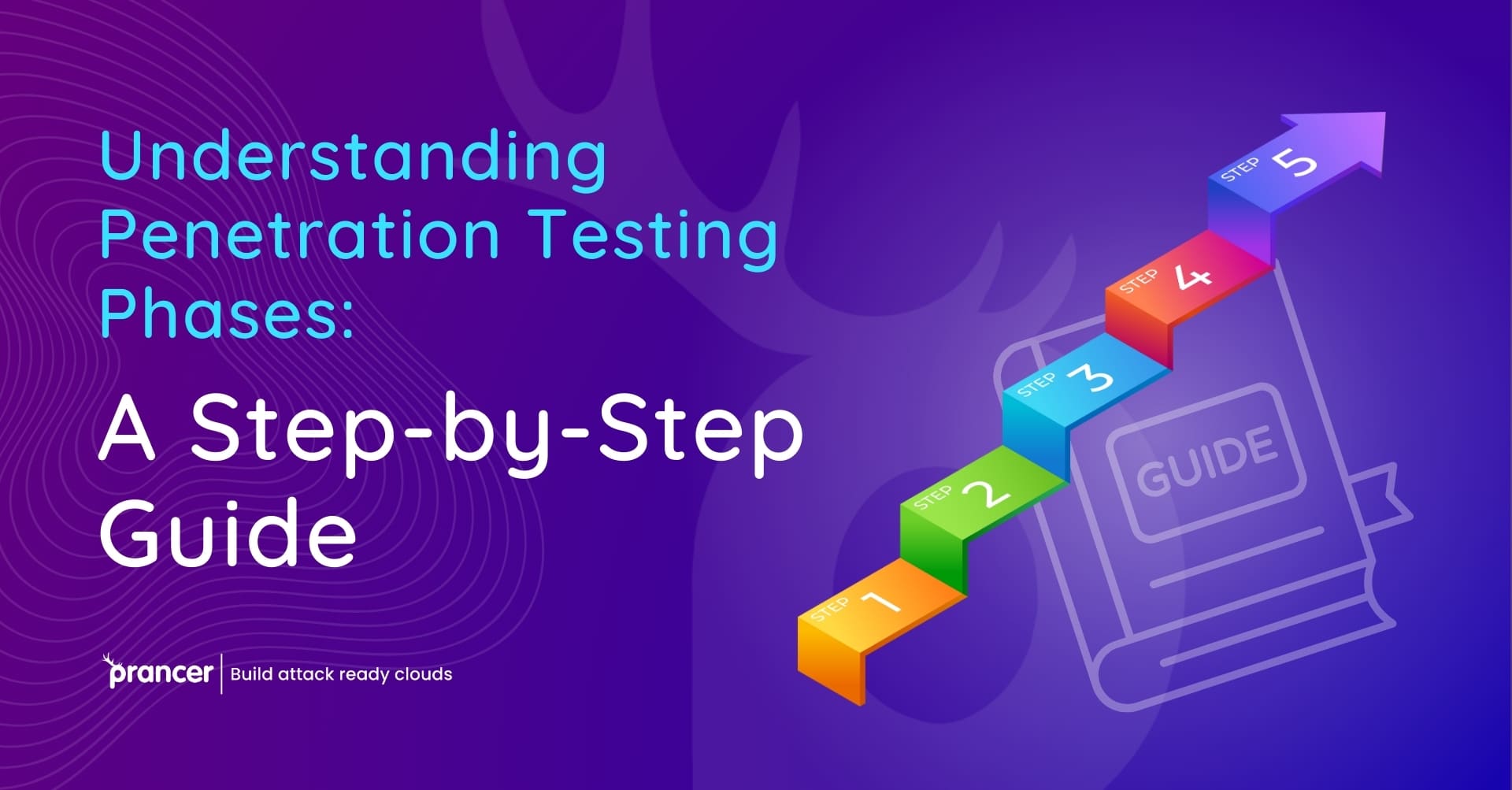

The protection of your IT systems is one of the most critical aspects these days, especially with the use of internet technology. The following are reasons why it is important to use penetration testing; One of the most effective means of ensuring the security of your electronic data is through penetration testing. You want to know how this process works exactly? To get a comprehensive understanding, let us analyze different phases of penetration testing.
In the contemporary environment where media interact and applications rely on interconnectedness more than ever before, security of digital systems is as vital as the hearts are to human body. The attacks are constantly changing, and to ensure that no breakthrough finds an organization unprepared it is important that the security of the business is put through tests periodically. This is where penetration testing comes as a remedy since it helps in the identification of these vulnerabilities. The following guide will explain details of these phases and how useful each phase of penetration testing is. We will also discuss the involvement of automated penetration testing and how companies like Prancer contribute emerging in this area.
Penetration testing, also known as pen testing, involves emulation of a cyber-attack to identify weaknesses in an organization’s network or software systems. This is like having a friendly hacker who tries to jeopardize your computer system before the malicious one does. Through realization of these pen testing phases, one can acknowledge the kind of approach that must be followed for gaining optimum security to the respective systems.
It is crucial to ask such a question as Penetration testing is not generally common; the response to this is that Penetration testing is central since it monitors and checks vulnerabilities in an organization’s security system. You should consider your Digital infrastructure as the outer ring of a castle. Perhaps there are similar ´loopholes´ that evil-doers could take advantage of just as intruders presume to breach a castle’s defenses. In the same way that pre-nuptial check-ups and screenings reveal such vices before others it does the same to such a business so that any pathetic areas are well covered and updated. This positions it not only in a good standing as far as protecting sensitive data is concerned but also improves the general outlook on security measures.
Planning is the initial step in penetration testing, specifically referred to as phase one. This is the stage at which the specific test’s nature and purpose are established. This might involve a general briefing with other people such as stakeholders and testers to establish the working procedures. The systems that will be tested are the various functional completion systems. What types of attack scenarios are to be implemented? This phase is critical because a proper plan can prevent test cases or scenarios from being overlooked in like manner as it offers a guideline on what has to be done.
The other process in pen testing is reconnaissance, also referred to as information gathering. Gathering facts: During this phase, testers endeavor to gather as much information as they can regarding the target system. Also, the data which is related to network addresses, domain details and data connected with the employees is included in this sphere. The more information is collected, the less likely the testers and their simulated attack appear like a real threat. India on one hand is like a ‘would-be thief’ keenly observing a house before planning how to ply his evil trade.
After reconnaissance is done, scanning takes place where analysis is made on vulnerabilities that are easy to exploit. During this phase, the testers employ various tools to accomplish several objectives including determining open ports, services running on the respective ports and possible vulnerability. Scanning can be divided into two types: It comprises passive operation in which data is collected without focusing on the target system, and active operation where data collection involves engaging the target system. This phase serves the purpose of identifying the goals of the attacker and thus facilitating attack surface profiling.
The exploitation phase is the phase in which the action takes place, and the control phase is the final phase where the results are acquired. The obtained information allows the testers to engage in malicious activities and compromise the target system. It can berth one to find a weakness and crack the company’s software or gain information through deceiving employees into sharing an unauthorized piece of information. The objective here is to explain the extent of exposure, and to explain just how deep an attacker might be able to get and what he could do there.
Post exploitation In most cases, after identifying and exploiting the given susceptibilities, efforts are shifted towards post exploitation. This phase calls for a process of identifying how much of the access has been achieved and then control the system without been noticed. The testers explain what data can be gained about the network and organization and how it can be stolen. During this phase, it is important to determine the losses an attacker might bring to have proper protection measures put in place.
Reporting is the last phase of penetration testing that defines the process of reporting on network security vulnerabilities found during the process. During this phase, what testers do is prepare a comprehensive report on what they have been able to achieve: the vulnerable points that they have identified, how the testers were able to take advantage of the identified loopholes, besides the ramifications of the whole scenario. This report also provides information and recommendations for remedial actions that can be taken in case of an occurrence of the hazards mentioned. The report must be clear and detailed as it sets out the next steps on how the security environment of the enterprise can be improved.
With the ever evolving and expanding environment of threats and risks in cyberspace, automated penetration testing is growing essential. Computerized tools can do testing on a repetitive basis, at the same time offering instant feedbacks, this can save time of human testers for other higher-level testing. It can also check numerous aspects of a system within a very short time, to establish whether security patches are up to date, in comparison to penetration testing done manually. As one of the main automated penetration testing solutions on the market, Prancer is a powerful tool that can ensure the protection of an organization against different threats with maximum convenience.
Prancer is charged with executing thorough professional penetration testing services, thus playing a crucial role in boosting the security outlook. This can be done with the help of using complex automated penetration testing tools on which Prancer bases its activities. Due to the proficiency demonstrated in all the distinctive phases of penetration testing, Prancer can help organizations enhance their protection against constantly emerging forms and techniques of cyber threats. That is why working with Prancer is like having a watchful security for your digital assets.
It is very important for any organization who wants to protect its IT assets to fully grasp the five phases of penetration testing. To begin with, each stage of planning and reconnaissance, exploitation and reporting all possess specific significance while looking for and eradicating the susceptibilities. Trusted partners like Prancer and automated penetration testing are additional improvements to this process yielding solid security solutions. Stay proactive, stay secure and let Prancer walk you through some of the most powerful and intricate aspects of penetration testing.
